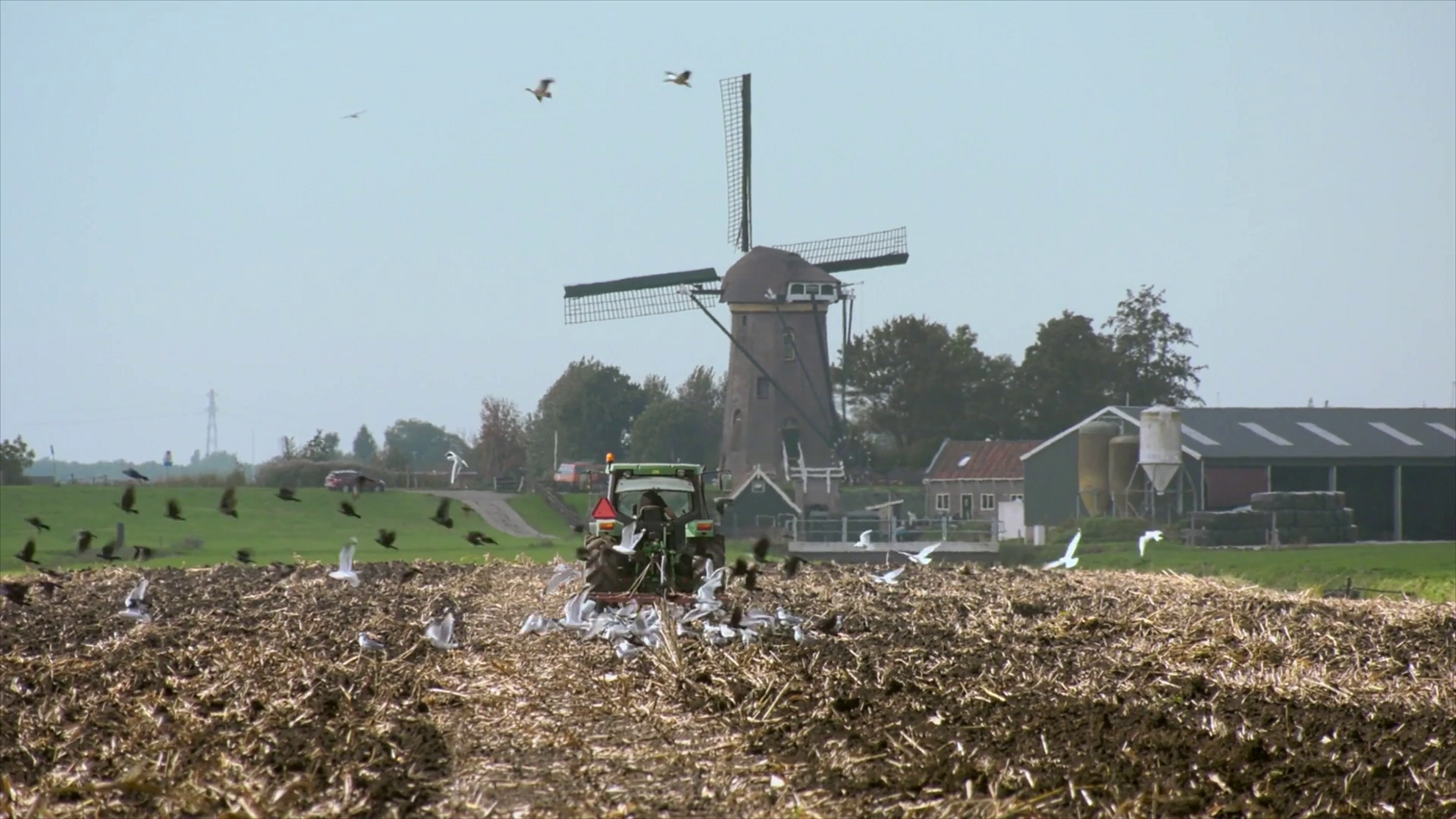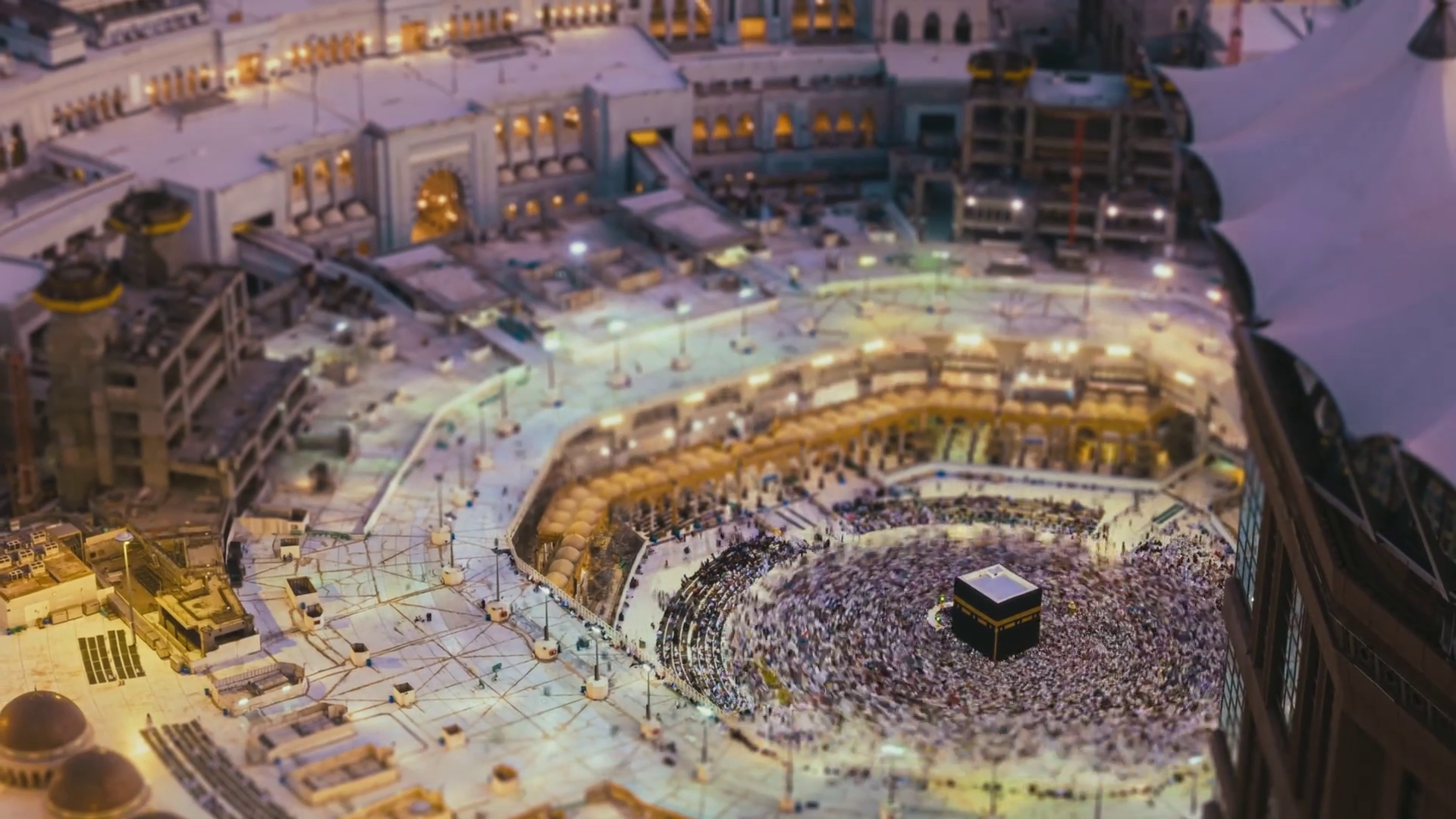Starting today, Thursday, 3 March, the Budapest Architecture Film Festival showcases four days of English-friendly documentaries at the Toldi cinema. Themes include the pandemic, corruption, climate change and interdependence, with architecture, urbanism and the environment as the foundation stone. A dozen films are being screened – we’ve picked out our five favourites.
Festival information & tickets
Budapest Architecture Film Festival
3-6
March
Toldi cinema
Full schedule here
Admission: HUF 1,700/discounted HUF 1,300. 5-film festival pass HUF
7,000.
Buy tickets here
The Chief Government Architect

With the caveat of The Power of Imagination added to the title, The Chief Government Architect tackles the burning question in industry circles: how to define the responsibility of the modern architect. In recent years, the answer is becoming more and more clear: to take a more active role in shaping our liveable environment. Dutch filmmaker André de Laat followed the chief designer at the Office for Metropolitan Architecture in the Netherlands, Floris Alkemade, who cut short his promising career as an architect to take on the role. We discover the problems any chief architect has to face, and the unexpected situations that arise, particularly on construction sites. We learn about the particular architectural and spatial development problems the Netherlands is facing and what role the public sector can play in fostering architectural and urban innovation. Thur, 3 March 8pm & 8.30pm. 61mins/English & Hungarian subtitles.
An Engineer Imagines
When a building defining a cityscape is unveiled, the name of the architect is remembered almost immediately, referred to and praised for years to come. There is little mention of its engineers and structural designers. In many cases, without them, quite a few iconic buildings would have looked quite differently. Peter Rice was the structural designer of the Sydney Opera House, the Louvre Glass Pyramid and the Pompidou Centre. In An Engineer Imagines, Rice shows how the architect and the engineer help each other, and the new visions and ideas they give when designers hit a roadblock. This is how they can also constantly innovate and come up with more effective solutions. Through interviews with Rice and his recollections, we learn about one of the finest engineers of the 20th century. Look out, too, for striking visual elements such as the Full Moon Theatre in France. Fri, 4 March 7.15pm. 80mins/English with Hungarian subtitles.
Mau
Bruce Mau, who became famous for his design bible S, M, L, XL created with Dutch architect Rem Koolhaas, inspires new ways of thinking with optimistic, even ironic methods. In this documentary, he travels around the world from Beijing to New York, showing how design is much more than just creating things of aesthetic beauty, rather how to make our world more liveable. Despite challenges such as the climate crisis, overpopulation and disease, design can shape the environment as a tool for change. Fri, 4 March 9pm. 76mins/English with Hungarian subtitles.
Breuer’s Bohemia
Hungarian-born Marcel Breuer (1902-1981) was a member of the Bauhaus school, here known more as a designer, overseas as an architect and teacher. What kind of people were close to him? , In Breuer’s Bohemia, relatives and acclaimed architects remember his contemporaries, while we learn about the designer’s vision and novel way of thinking, as perceived in his work. Breuer’s progressive and functional approach did not necessarily warm the hearts of residents more accustomed to the colonial style of the American suburbs. The film also sheds light on the individual stories of those whose homes he designed. Sat, 5 March 5pm. 73mins/English with Hungarian subtitles.
The Absent Column, Battleship Berlin, IKONY
It’s also worth taking in the short films at the festival, screened consecutively on 5 March, documentaries dealing with the legacy of brutalist and modern architecture and how society, the profession, investors and politicians relate to them. In recent years, quite a few have been demolished in Budapest, so these films show how we might protect them. The Absent Column is about the removal of a brutalist tower in Chicago, while The Berlin Battleship is about the infamous animal testing laboratory of the Cold-War era, the Mouse Bunker, which politicians wanted to demolish. After the films, there will be a roundtable discussion on modern architectural heritage with art historian Dániel Kovács – curator of the Hungarian pavilion at the 2021 Venice Biennale of Architecture – and with each film’s director. Sat, 5 March 6.45pm. The Absent Column 8mins/English. The Berlin Battleship 39mins/German with English subtitles. IKONY 26mins/Slovak with English subtitles.




